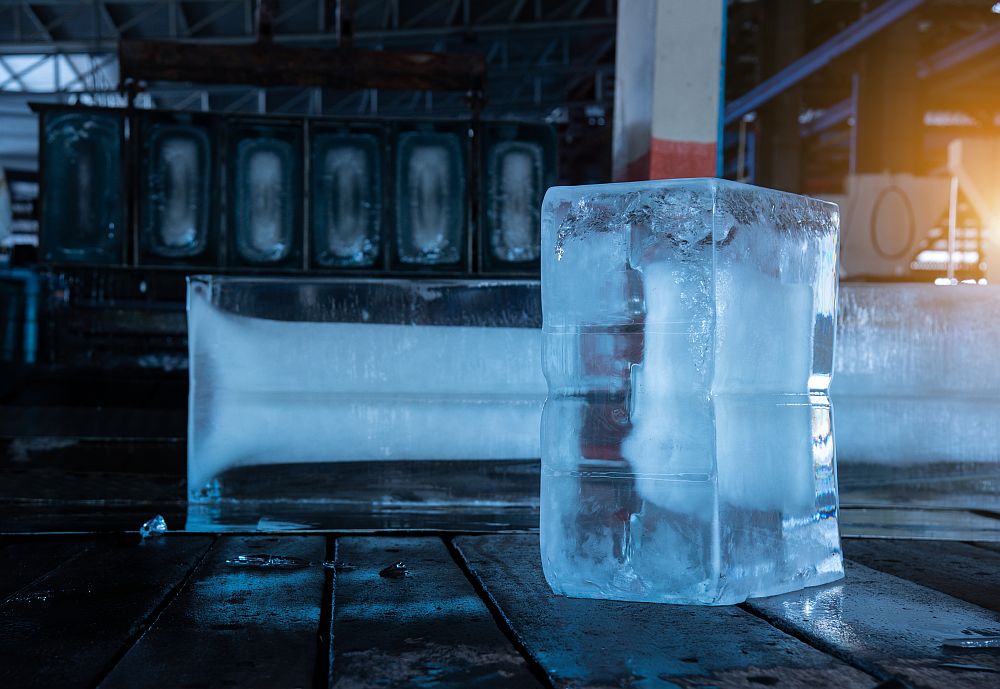
[Image above] Credit: Solaris Moon; Flickr CC0 1.0
I’ve said it before, and I’ll say it again: Sintering is an integral technique when it comes to processing ceramics, and to materials science in general.
Sintering uses heat or pressure to compact individual particles together into a densified material. But while sintering has long been used to compact ceramics, the process is energy intensive, often requiring heating to very high temperatures for prolonged periods of time.
So it’s no surprise that much research has been devoted recently to developing new varieties of sintering that consume less energy and fewer resources.
Last week, I reported on a new stepwise approach to rapid sintering that can quickly and evenly densify nanoceramics. In that report, the research team sintered 3 mol.% ytttria-stabilized tetragonal zirconia (3YSZ) particles into a high-quality nanoceramic in just 2 minutes at 1,300ºC.
But sintering temperatures can go lower still.
Last year, we reported on a unique cold sintering process that leverages the action of an aqueous solution to densify ceramics under pressure at temperatures of less than 250ºC.
And then there’s the promise of flashing sintering, which uses an electric field to rapidly sinter ceramics at reduced furnace temperatures. Ever since its introduction by Rishi Raj and colleagues in 2010, much research has and continues to explore the potential of flash sintering.
Part of that research is devoted to not only developing new and improved methodologies, but also establishing a better understanding of the mechanisms of the flash sintering process itself. Through an improved understanding of how the process proceeds, researchers hope that they can further advance the potential of flash sintering techniques.
And now that potential may go even further, thanks to a recent development that adds water to the mix, too.
Scientists at the University of California, San Diego have developed a method called water-assisted flash sintering that can densify powders to 98% of theoretical density in just 30 seconds. Their method takes place at room temperature and requires no external heating.
To demonstrate the potential of the technique, the team used an applied electrical field to flash sinter ZnO green bodies. In contrast to conventional flash sintering, water-assisted flash sintering adds a flow of wet argon gas over the ZnO green bodies to introduce water molecules into the material.
“We believe that the water vapor adsorbed on ZnO surfaces, which significantly increased the conductivity of the ZnO material so that flash sintering could proceed at much lower temperature—at room temperature in this case,” senior author Jian Luo writes via email.
In fact, the authors report in their paper that water vapor increased the conductivity of ZnO by 10,000 times, triggering flash at room temperature. But, precisely how the reaction proceeds still remains a mystery.
“It is yet unknown whether the water works only by increasing (surface) conductivity, or whether it also contributes to enhanced mass transport,” Luo adds. “Further studies are needed to clarify this.”
The team’s other recent publications this year highlight their efforts to better understand flash sintering in ZnO. A paper published in Acta Materialia earlier this year investigates the densification mechanisms of ZnO during flash sintering. And another other publication, due out in Scripta Materialia later this year, shows that two-step flash sintering can densify ZnO with reduced grain sizes and >200 times faster than conventional two-step sintering—“representing an opportunity for significant energy and cost savings,” the authors report.
Although Luo and the team don’t yet fully understand how water-assisted flash sintering works, however, they are confident that the process has potential to save significant costs and energy in sintering ceramics, because water-assisted flash sintering requires no external heating and can proceed at room temperature in a matter of seconds.
“As a comparison, to achieve similar densification via conventional sintering, ZnO (with a melting temperature of 1,975ºC) typically requires firing at >1,000ºC for hours,” Luo explains in the email.
But, he cautions, more work is needed before this interesting technique finds its way beyond the lab setting. “There is still lots of R&D to be done before it comes to commercial ceramic manufacturing,” Luo adds.
The paper, published in Scripta Materialia, is “Water-assisted flash sintering: Flashing ZnO at room temperature to achieve ~ 98% density in seconds” (DOI: 10.1016/j.scriptamat.2017.08.032).
Did you find this article interesting? Subscribe to the Ceramic Tech Today newsletter to continue to read more articles about the latest news in the ceramic and glass industry! Visit this link to get started.
Author
April Gocha
CTT Categories
- Basic Science
- Energy
- Manufacturing
- Material Innovations
- Thermal management


